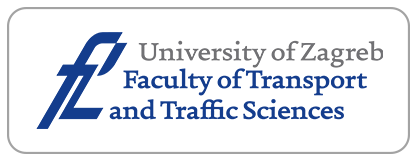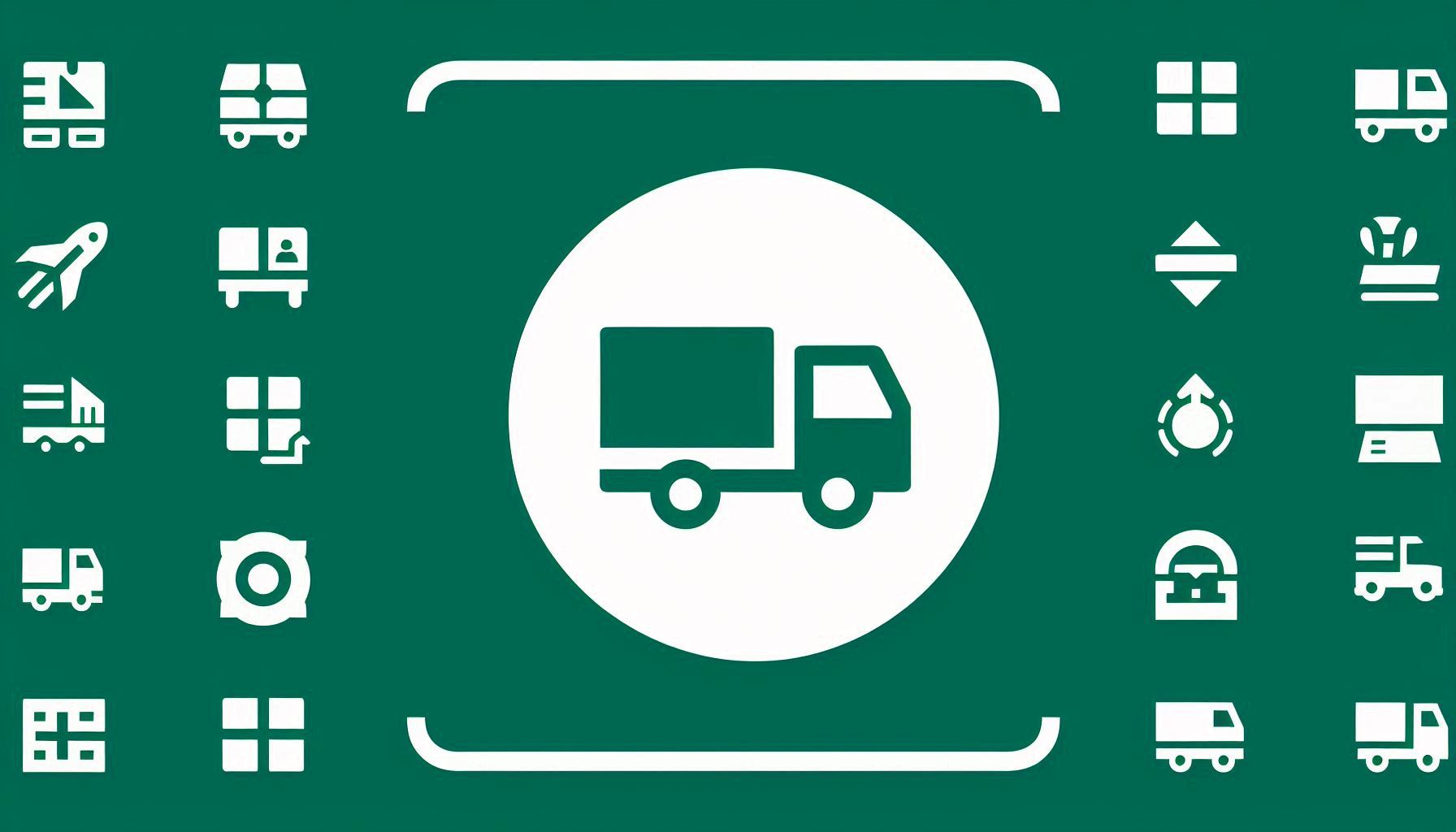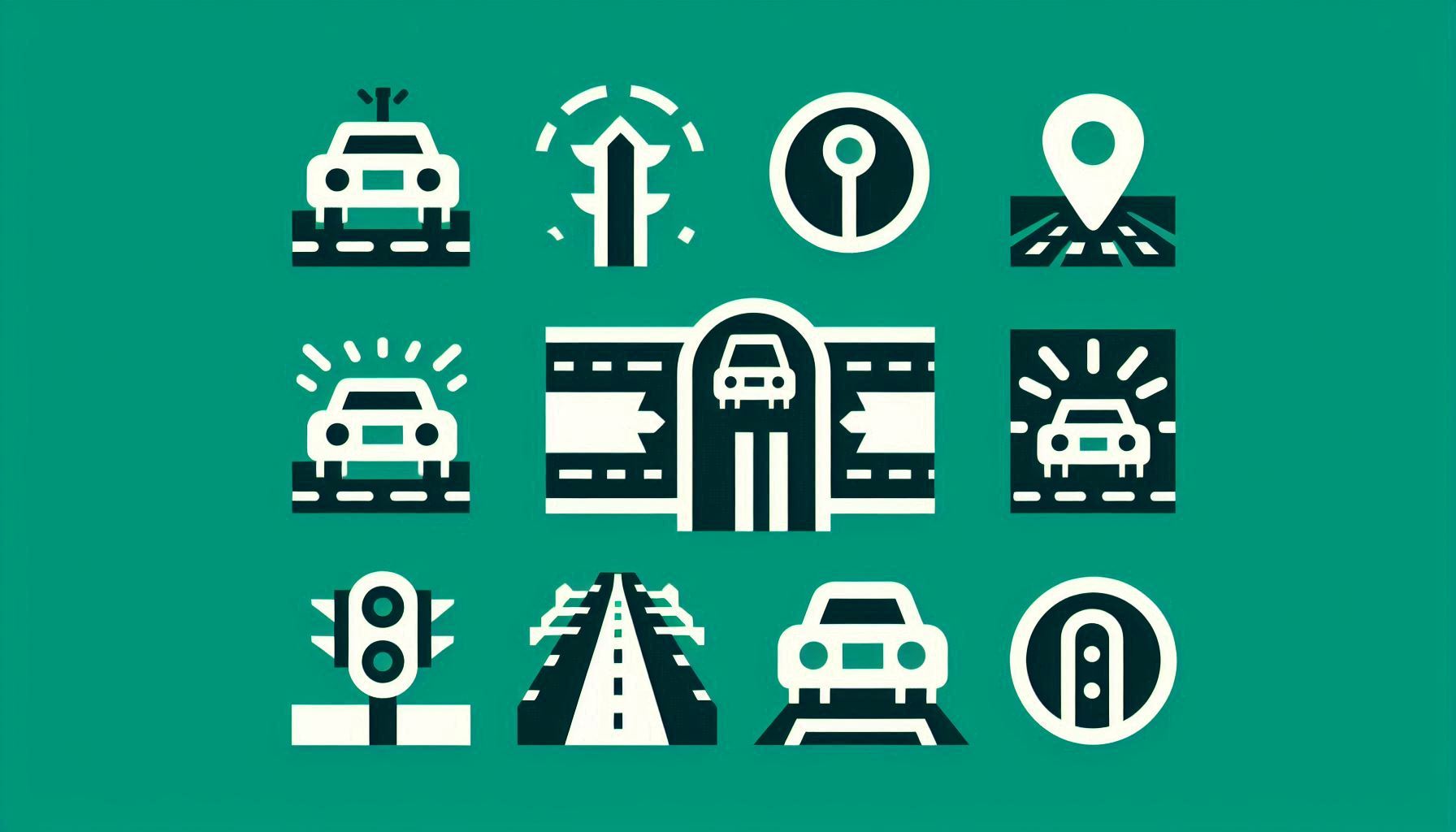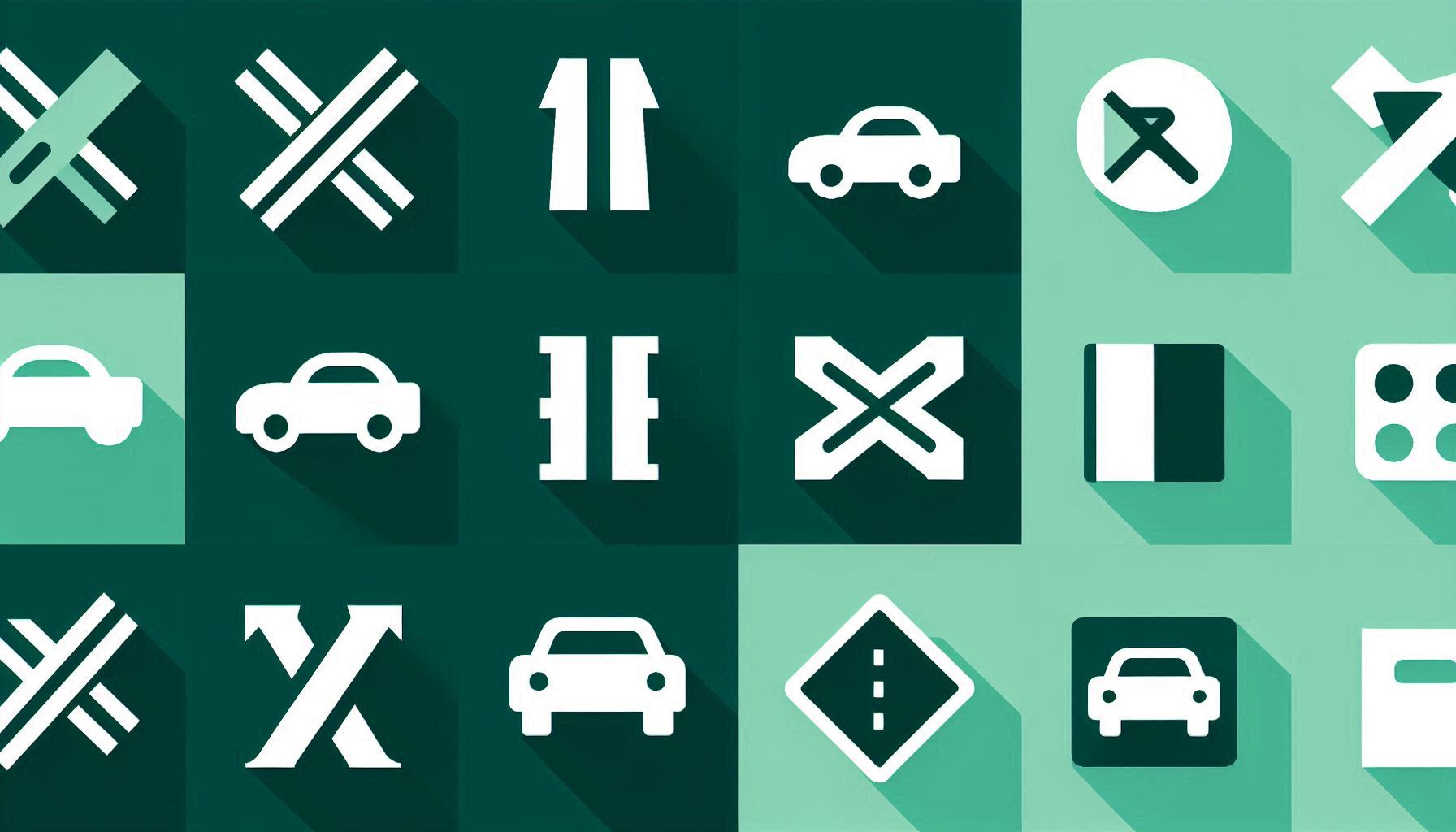Fuel Consumption Evaluation of Connected Automated Vehicles Under Rear-End Collisions
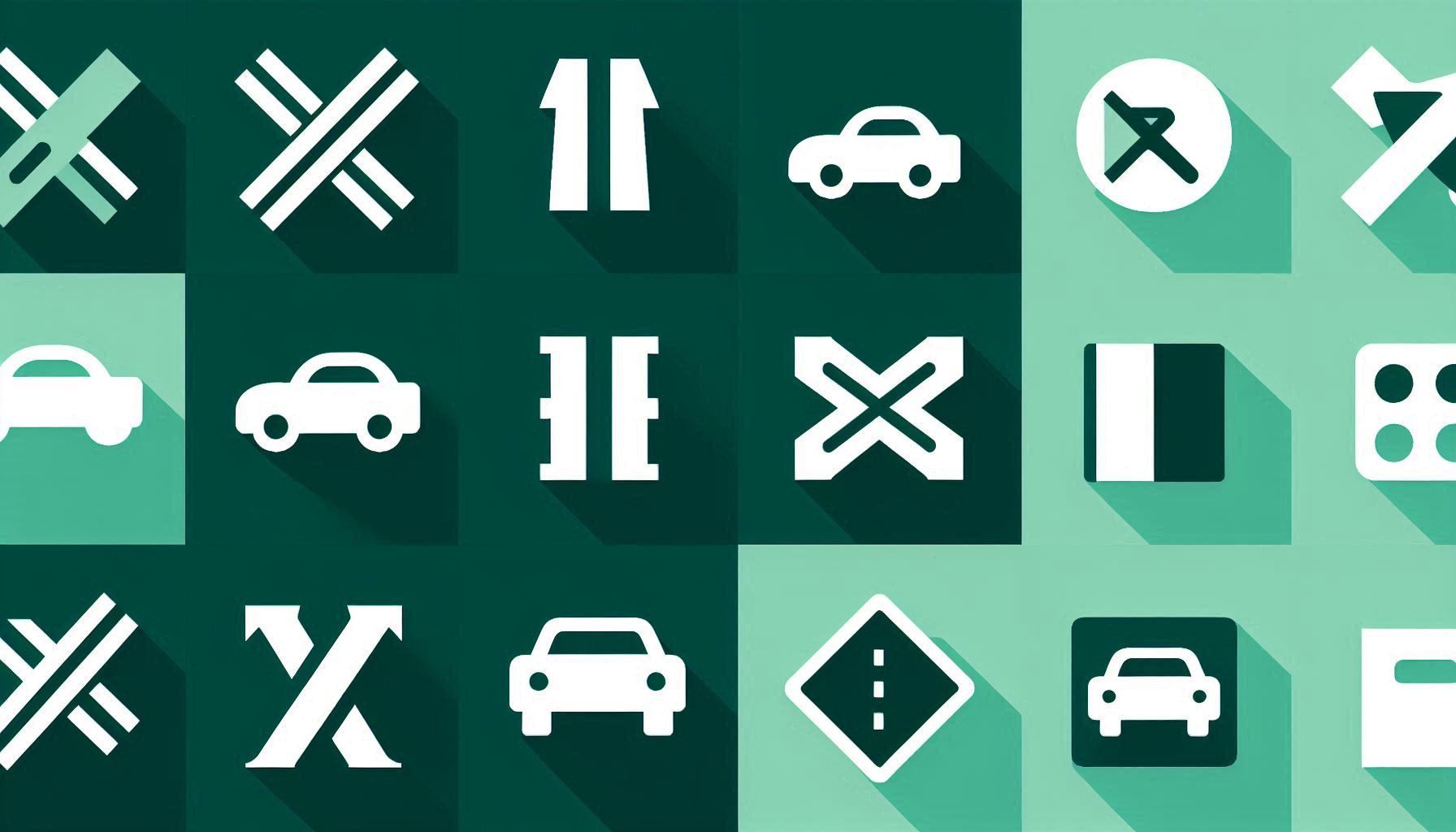
Downloads
Connected automated vehicles (CAV) can increase traffic efficiency, which is considered a critical factor in saving energy and reducing emissions in traffic congestion. In this paper, systematic traffic simulations are conducted for three car-following modes, including intelligent driver model (IDM), adaptive cruise control (ACC), and cooperative ACC (CACC), in congestions caused by rear-end collisions. From the perspectives of lane density, vehicle trajectory and vehicle speed, the fuel consumption of vehicles under the three car-following modes are compared and analysed, respectively. Based on the vehicle driving and accident environment parameters, an XGBoost algorithm-based fuel consumption prediction framework is proposed for traffic congestions caused by rear-end collisions. The results show that compared with IDM and ACC modes, the vehicles in CACC car-following mode have the ideal performance in terms of total fuel consumption; besides, the traffic flow in CACC mode is more stable, and the speed fluctuation is relatively tiny in different accident impact regions, which meets the driving desires of drivers.
Downloads
Han X, et al. Energy-aware trajectory optimization of CAV platoons through a signalized intersection. Transportation Research Part C: Emerging Technologies. 2020;118. DOI: 10.1016/j.trc.2020.102652.
Flores C, et al. Fractional-order-based ACC/CACC algorithm for improving string stability. Transportation Research Part C: Emerging Technologies. 2018;95:381-393. DOI: 10.1016/j.trc.2018.07.026.
Talebpour A, et al. Influence of connected and autonomous vehicles on traffic flow stability and throughput. Transportation Research Part C: Emerging Technologies. 2016;71:143-163. DOI: 10.1016/j.trc.2016.07.007.
Ma F, et al. Predictive energy-saving optimization based on nonlinear model predictive control for cooperative connected vehicles platoon with V2V communication. Energy. 2019;189. DOI: 10.1016/j.energy.2019.116120.
Vahidi A, et al. Energy saving potentials of connected and automated vehicles. Transportation Research Part C: Emerging Technologies. 2018;95:822-843. DOI: 10.1016/j.trc.2018.09.001.
Yao Z, et al. Reducing gasoline consumption in mixed connected automated vehicles environment: A joint optimization framework for traffic signals and vehicle trajectory. Journal of Cleaner Production. 2020;265. DOI: 10.1016/j.jclepro.2020.121836.
Mousavi SM, et al. Investigating the safety and operational benefits of mixed traffic environments with different automated vehicle market penetration rates in the proximity of a driveway on an urban arterial. Accident Analysis and Prevention. 2021;152:105982. DOI: 10.1016/j.aap.2021.105982.
Zhu J, et al. Safety analysis of freeway on-ramp merging with the presence of autonomous vehicles. Accident Analysis and Prevention. 2021;152:105966. DOI: 10.1016/j.aap.2020.105966.
Papadoulis A, et al. Evaluating the safety impact of connected and autonomous vehicles on motorways. Accident Analysis and Prevention. 2019;124:12-22. DOI: 10.1016/j.aap.2018.12.019.
Petrović Đ, et al. Traffic accidents with autonomous vehicles: type of collisions, manoeuvres and errors of conventional vehicles' drivers. Transportation Research Procedia. 2020;45:161-168. DOI: 10.1016/j.trpro.2020.03.003.
Li Y, et al. Evaluation of the impacts of cooperative adaptive cruise control on reducing rear-end collision risks on freeways. Accident Analysis and Prevention. 2017;98:87-95. DOI: 10.1016/j.aap.2016.09.015.
Xiao L, et al. Unravelling effects of cooperative adaptive cruise control deactivation on traffic flow characteristics at merging bottlenecks. Transportation Research Part C: Emerging Technologies. 2018;96:380-397. DOI: 10.1016/j.trc.2018.10.008.
Zhu HB, et al. Modeling traffic flow mixed with automated vehicles considering drivers' character difference. Physica A: Statistical Mechanics and its Applications. 2020;549. DOI: 10.1016/j.physa.2020.124337.
Zhou YJ, et al. Impact of CACC vehicles' cooperative driving strategy on mixed four-lane highway traffic flow. Physica A: Statistical Mechanics and its Applications. 2020;540. DOI: 10.1016/j.physa.2019.122721.
Qin YY, et al. Stability analysis and fundamental diagram of heterogeneous traffic flow mixed with cooperative adaptive cruise control vehicles. Acta Physica Sinica. 2017;66(9).
Yang Z, et al. A cooperative driving framework for urban arterials in mixed traffic conditions. Transportation Research Part C: Emerging Technologies. 2021;124. DOI: 10.1016/j.trc.2020.102918.
Ma F, et al. Eco-driving-based cooperative adaptive cruise control of connected vehicles platoon at signalized intersections. Transportation Research Part D: Transport and Environment. 2021;92. DOI: 10.1016/j.trd.2021.102746.
Almannaa MH, et al. Field implementation and testing of an automated eco-cooperative adaptive cruise control system in the vicinity of signalized intersections. Transportation Research Part D: Transport and Environment. 2019;67:244-262. DOI: 10.1016/j.trd.2018.11.019.
Zhang J, et al. Energy consumption analysis and prediction of electric vehicles based on real-world driving data. Applied Energy. 2020;275. DOI: 10.1016/j.apenergy.2020.115408.
Sun R, et al. Hybrid electric buses fuel consumption prediction based on real-world driving data. Transportation Research Part D: Transport and Environment. 2021;91. DOI: 10.1016/j.trd.2020.102637.
Yao Y, et al. Vehicle fuel consumption prediction method based on driving behavior data collected from smartphones. Journal of Advanced Transportation. 2020;1-11. DOI: 10.1155/2020/9263605.
Wang Q, et al. Open-pit mine truck fuel consumption pattern and application based on multi-dimensional features and XGBoost. Sustainable Energy Technologies and Assessments. 2021;43. DOI: 10.1016/j.seta.2020.100977.
Alvarez Lopez P, et al. Microscopic traffic simulation using SUMO. 2019 IEEE Intelligent Transportation Systems Conference (ITSC), 4-7 Nov. 2018, Maui, HI, USA. 2018. p. 2575-2582. DOI: 10.1109/ITSC.2018.8569938.
Treiber M, et al. Congested traffic states in empirical observations and microscopic simulations. Physical Review E. 2000;62:1805-1824. DOI: 10.1103/PhysRevE.62.1805.
Milanés V, et al. Modeling cooperative and autonomous adaptive cruise control dynamic responses using experimental data. Transportation Research Part C: Emerging Technologies. 2014;48:285-300. DOI: 10.1016/j.trc.2014.09.001.
Krajzewicz D, et al. Second generation of pollutant emission Models for SUMO. SUMO2014 - Second SUMO User Conference. 2014. DOI: 10.1007/978-3-319-15024-6_12.
Yao Z, et al. Stability analysis and the fundamental diagram for mixed connected automated and human-driven vehicles. Physica A: Statistical Mechanics and its Applications. 2019;533. DOI: 10.1016/j.physa.2019.121931.
Liang JY, et al. A survey on correlation analysis of big data. Chinese Journal of Computers. 2016;39(1):1-18.
Chen T, et al. XGBoost: A scalable tree boosting system. Proceedings of the 22nd ACM SIGKDD International Conference on Knowledge Discovery and Data Mining. 2016. p. 785-794. DOI: 10.1145/2939672.2939785.
Tien-Anh T. Comparative analysis on the fuel consumption prediction model for bulk carriers from ship launching to current states based on sea trial data and machine learning technique. Journal of Ocean Engineering and Science. 2021. DOI: 10.1016/j.joes.2021.02.005.
Copyright (c) 2023 Qingchao Liu, Wenjie Ouyang, Jingya Zhao, Yingfeng Cai, Long Chen

This work is licensed under a Creative Commons Attribution-NonCommercial 4.0 International License.





